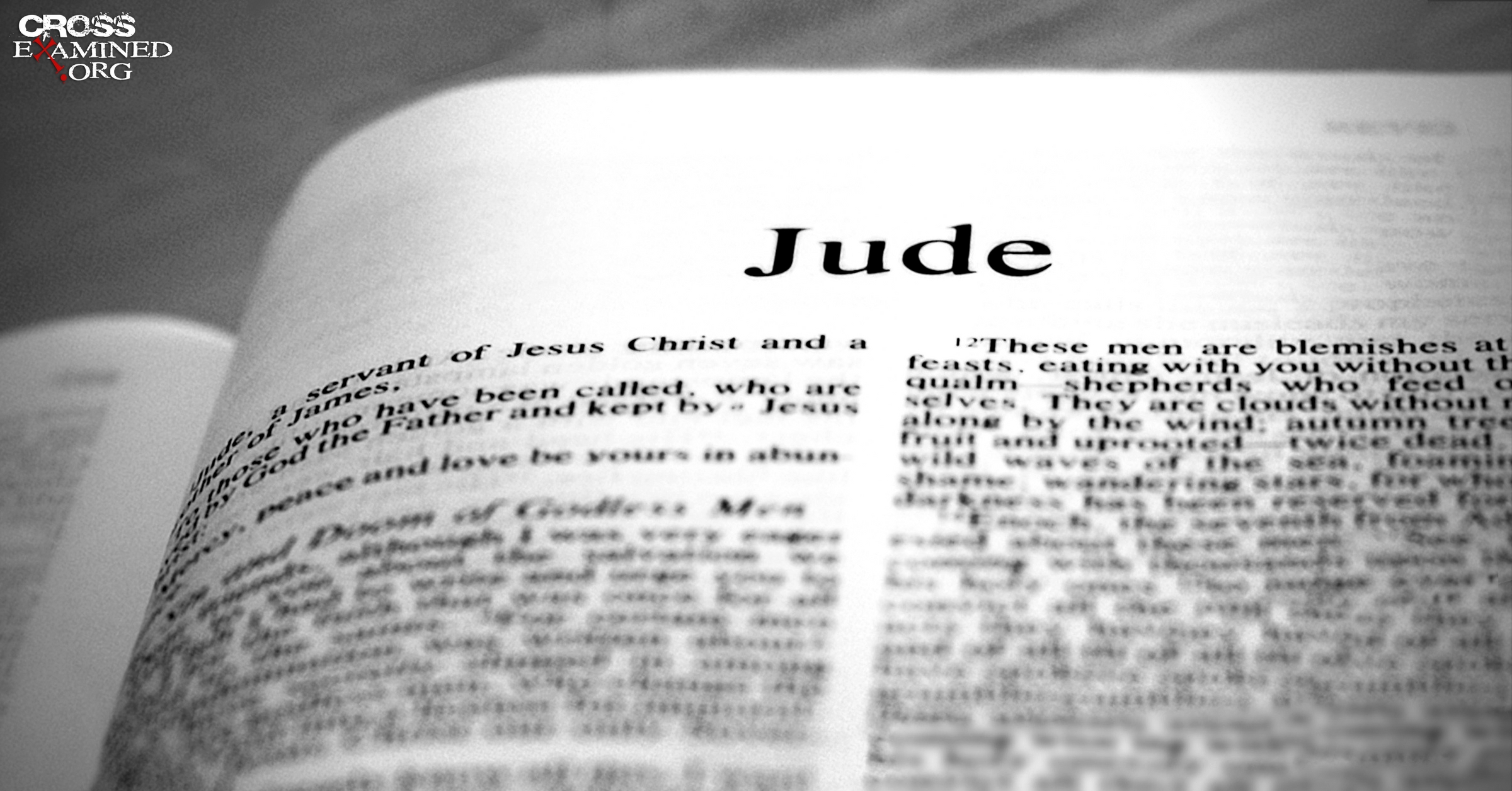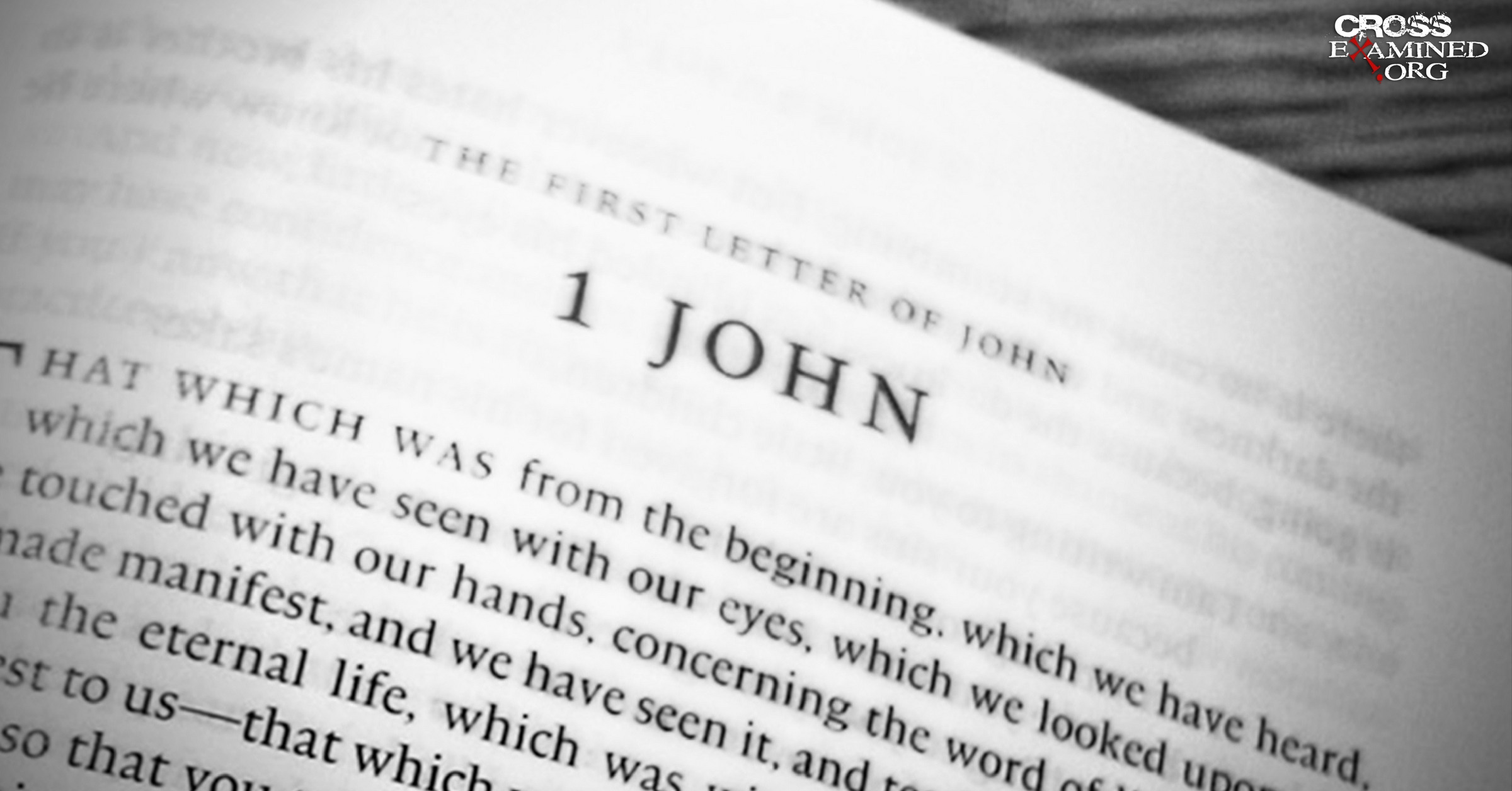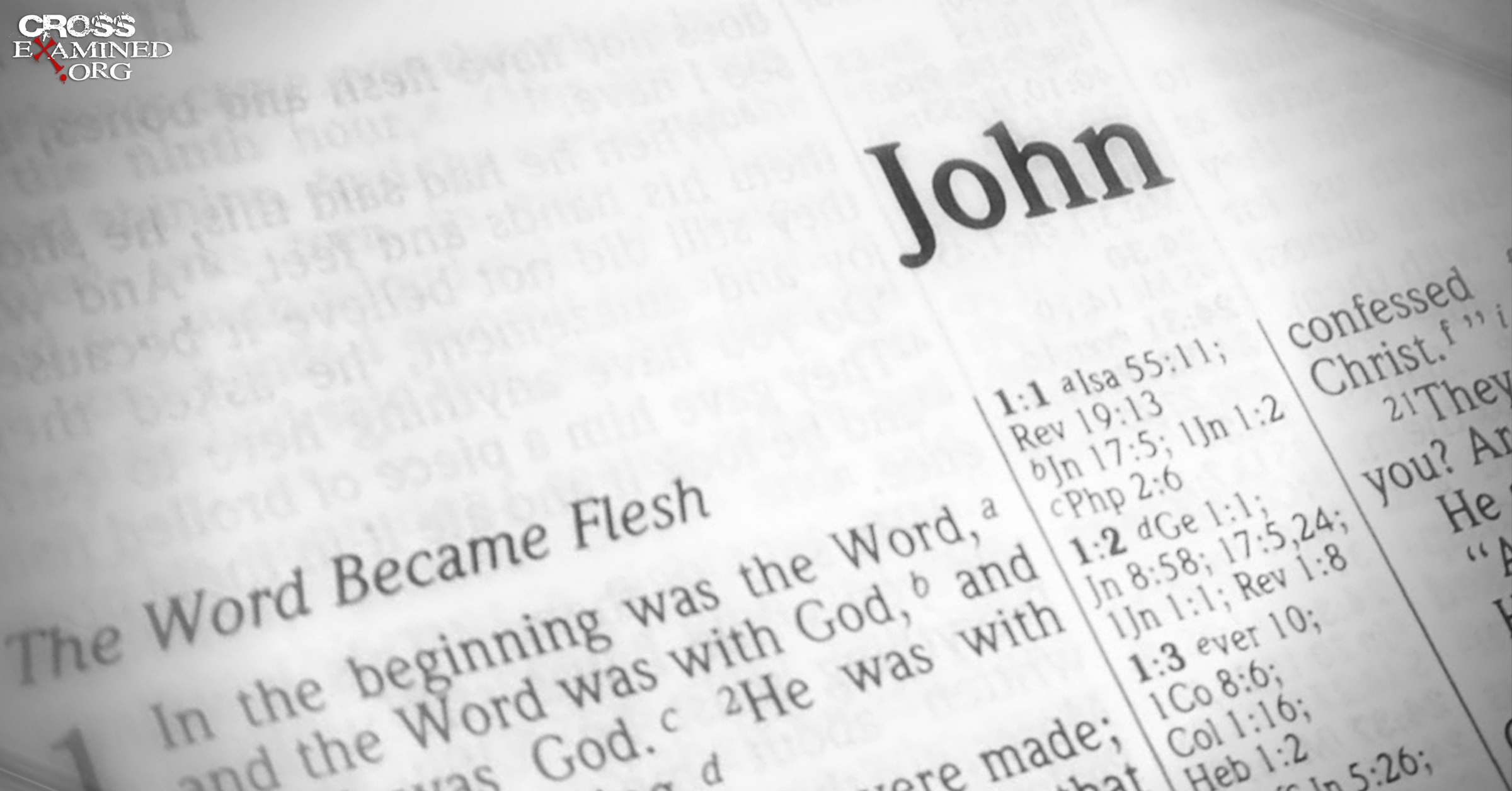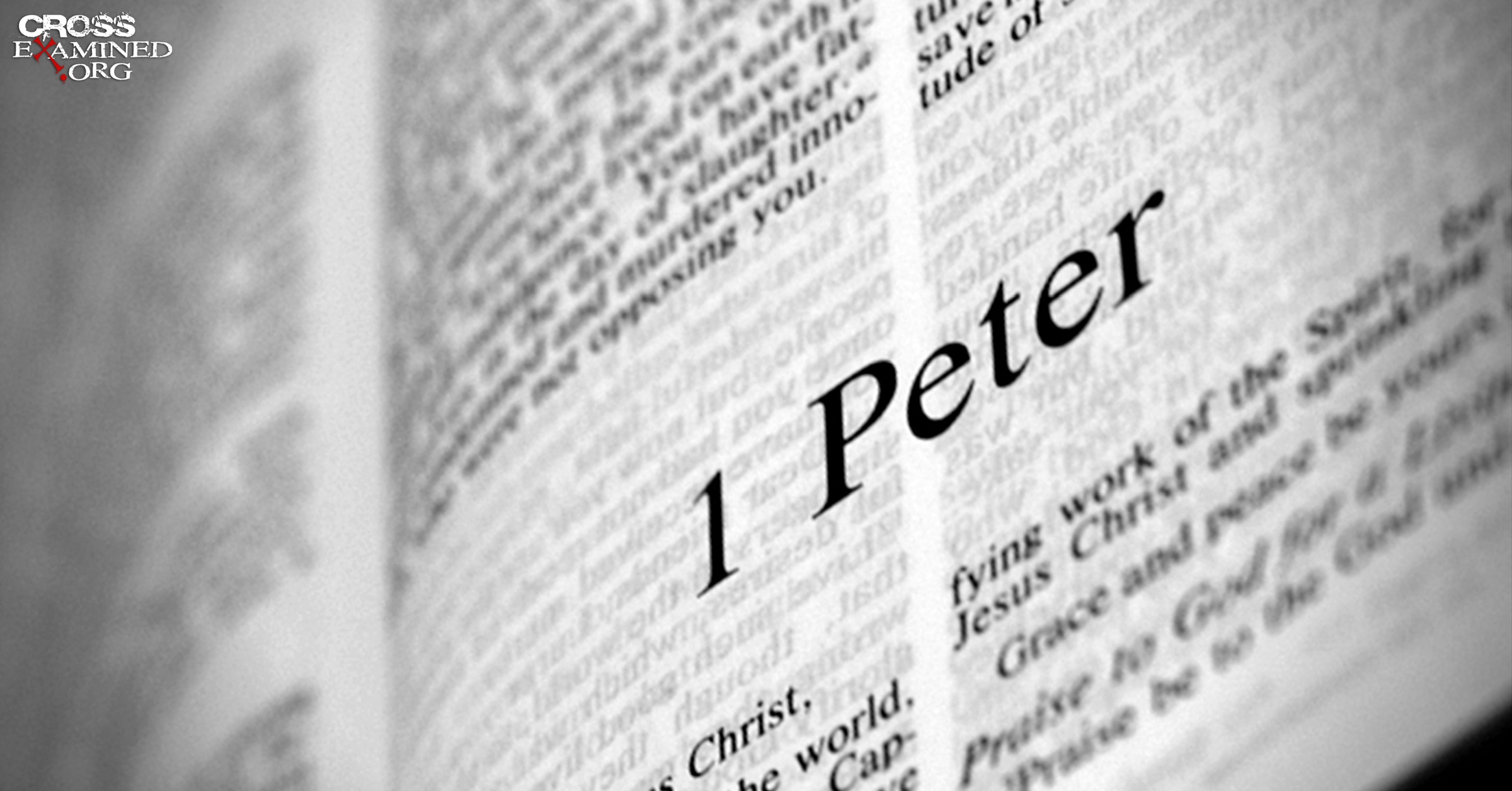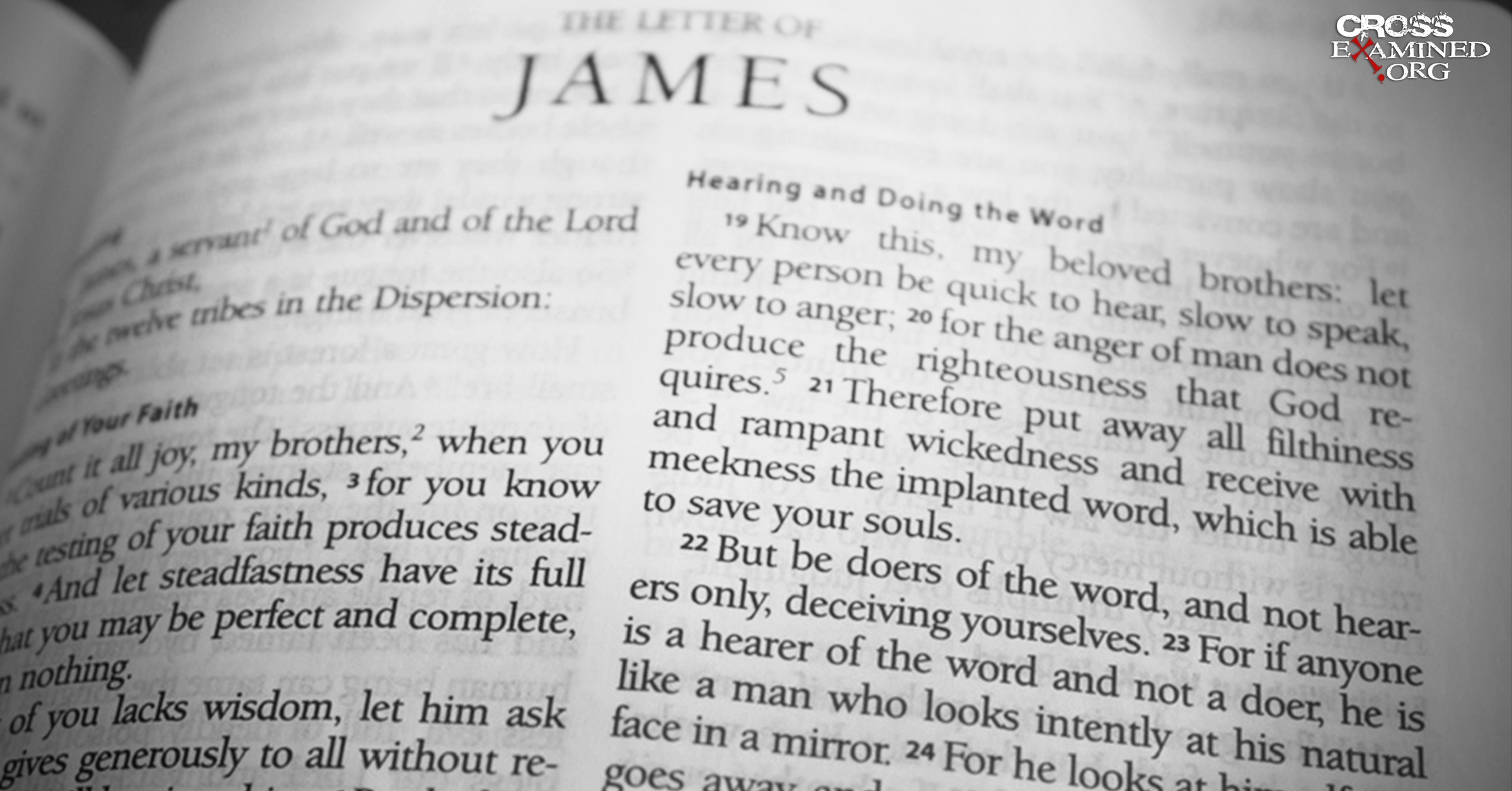Por Brian Chilton
Nos hemos dedicado a una serie de artículos sobre la autoría de los libros del Nuevo Testamento. En este artículo, consideramos el Tercer Evangelio, el Evangelio de Lucas. ¿Quién escribió el Evangelio? ¿Qué pistas tenemos de la evidencia interna y externa, la fecha, la ubicación y la audiencia?
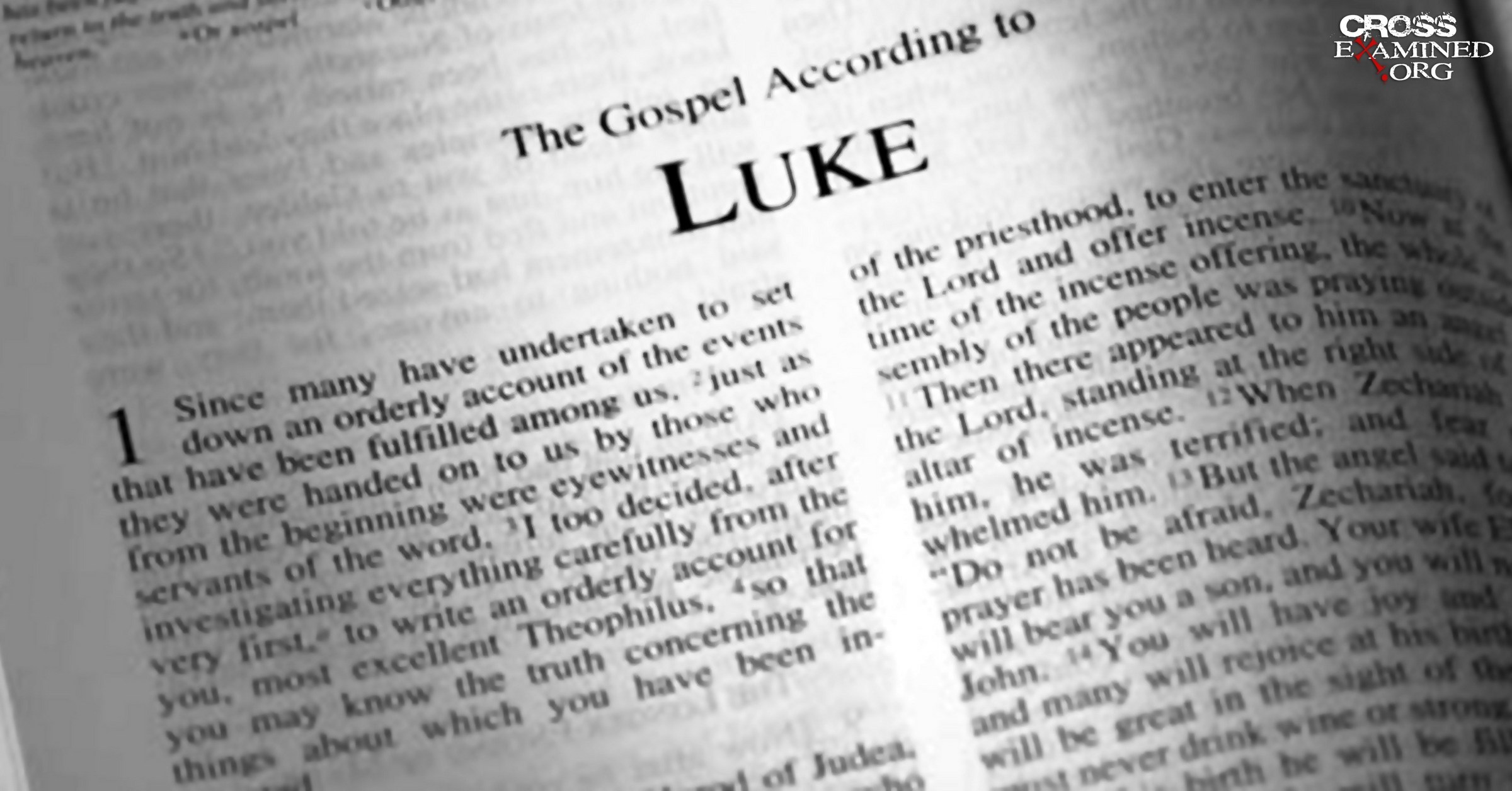
Autor propuesto por la tradición
Tradicionalmente, Lucas es propuesto como el autor del Tercer Evangelio. Lucas era un médico y un compañero de Pablo, el apóstol (Colosenses 4:14, Filemón 24).
Evidencia interna
En el interior, se encuentran algunos marcadores distintivos. En primer lugar y con mayor claridad, el autor del Tercer Evangelio escribe a un “Teófilo” (Hechos 1: 3)[1] y trata de proporcionar una “secuencia ordenada” (Hechos 1: 3) de la vida de Jesús, después de haber tenido “cuidado de investigar todo desde el principio” (1: 3), según lo que “los testigos originales y los siervos de la palabra han transmitido” (Hechos 1: 2). A partir de esta información, se puede constatar que el autor no fue testigo de los acontecimientos de la vida de Jesús; sin embargo, sí tuvo acceso a los que sí lo fueron.
Segundo, el autor del Tercer Evangelio también escribió el libro de Hechos. El nivel de detalle y precisión, el estilo de escritura, la dirección similar a Teófilo, así como la cláusula conectiva en el primero de los Hechos conecta las dos obras al mismo autor.[2]
Tercero, el nivel de griego utilizado tanto en el Tercer Evangelio como en el libro de Hechos está muy avanzado. Habiendo tomado cursos bíblicos de griego, he descubierto que una persona aprende primero del Evangelio de Marcos y Juan antes de abordar el Evangelio de Lucas. Debido al alto grado de griego empleado en el Tercer Evangelio y el libro de Hechos, se puede deducir que el autor está bastante avanzado en su educación.
En cuarto lugar, el autor se centra en el ministerio de Jesús a los gentiles y a los marginados de la sociedad. El Sermón del Monte se conserva en el Tercer Evangelio. Allí el autor señala que la gente vino a oír a Jesús de todas partes. El autor señala que muchas de las personas que oyeron a Jesús eran gentiles de la región de Tiro y Sidón (Lucas 6:17).
Quinto, el autor describe asuntos médicos mucho más y en mayor grado que los otros Evangelios. En Lucas 4:38, Lucas está seguro al notar que la suegra de Simón Pedro sufrió de fiebre alta. En Lucas 14: 2, el autor describe el cuerpo de un hombre que se había “hinchado de líquido”. Tales detalles indican a un hombre que tiene un ojo para los asuntos médicos.
En sexto lugar, debido a la participación del autor en el libro de Hechos, se puede deducir de los “pasajes” que el autor era un estrecho colaborador del apóstol Pablo. Por ejemplo, el autor de los Hechos escribe que “Cuando se decidió que íbamos a Italia, entregamos a Pablo y a otros prisioneros a un centurión llamado Julio, del Regimiento Imperial” (Hechos 27: 1).
Finalmente, el autor tuvo acceso a una gran riqueza de las enseñanzas de Jesús que no se encuentran en los otros Evangelios. Por ejemplo, sólo en el Evangelio de Lucas se lee la Parábola del Buen Samaritano y la Parábola del Hijo Perdido. El autor habría necesitado tener acceso a múltiples testigos para poder poseer tal conocimiento y ser capaz de construir el relato ordenado que él hizo.
En conjunto, la evidencia interna apunta fuertemente a alguien del calibre de Lucas, el médico. Lucas tendría los antecedentes educativos, el acceso a los testigos, los recursos y la formación necesaria para construir tanto el Tercer Evangelio como el libro de los Hechos. Por lo que a mí respecta, no creo que haya otros contendientes. ¿Por qué elegir un no-testigo que era un gentil[3] para el autor si no hubiera sido así?
Evidencia externa
Externamente, la iglesia primitiva es unánime en que el Dr. Lucas escribió el Tercer Evangelio y el libro de Hechos. Ireneo (c. 130-202) escribe: “Lucas también, el compañero de Pablo, registró en un libro el Evangelio predicado por él”.[4] A menudo, Ireneo añadirá “Lucas también, seguidor y discípulo de los apóstoles”[5] antes de citar el Evangelio de Lucas. Justino Mártir (c. 100-165), antes de citar el Evangelio de Lucas y los otros Evangelios, señala que “los apóstoles, en las memorias compuestas por ellos, que se llaman Evangelios, nos han entregado lo que les fue ordenado.[6] Ya que el Evangelio de Lucas fue escrito por un gentil, Marción, el hereje antiguo, sólo permitió una forma abreviada del Evangelio de Lucas en su canon. Ireneo señala que “Marción, mutilando eso, según Lucas, es demostrado ser un blasfemo del único Dios existente, de aquellos [pasajes] que todavía retiene”.[7] De la evidencia de la iglesia primitiva, el Dr. Lucas es el único candidato válido para la autoría del Tercer Evangelio.
Fecha
Viendo que Hechos termina con el encarcelamiento de Pablo (c. 64 d.C.), el Evangelio de Lucas debe haber sido escrito en algún momento a principios de los años 60 d.C.
Ubicación y audiencia
Lucas–Hechos comprende aproximadamente el 60% del contenido del Nuevo Testamento. Lucas escribe al influyente Teófilo, un hombre de gran prestigio y estatus prominente. Teófilo pudo haber suministrado los recursos para que Lucas y Hechos fueran escritos. El costo de producir un libro del tamaño de Lucas habría sido de alrededor de $ 6,000 según la modernidad de los Estados Unidos. Los Hechos habrían costado casi lo mismo. El producto entero de Lucas–Hechos habría costado aproximadamente $ 12.000. Así, un hombre con los medios de Teófilo fue utilizado por Dios para financiar la antigua obra en dos volúmenes que encontramos en el Evangelio de Lucas y los Hechos de los Apóstoles que fueron escritos y compilados por un hombre con los recursos y formación del Dr. Lucas.
Lucas tenía un público gentil en mente. Pero la ubicación de la composición de Lucas es un misterio. Los mejores y más probables lugares de la composición de Lucas incluyen Cesárea, Achaia, Decápolis, Asia Menor y Roma. Supongo que Lucas fue finalizado en Roma.
Conclusión
De la evidencia interna, se descubre que el autor del Tercer Evangelio debe haber sido muy educado y bien informado en materia medicinal. El estilo de escritura era bastante exquisito, señalando que un hombre de profundo conocimiento compiló el Evangelio. La asociación que el Tercer Evangelio mantiene con el libro de Hechos ilustra la asociación que el autor tuvo con el apóstol Pablo debido a los “pasajes” en Hechos.
La evidencia externa por unanimidad sostiene al Dr. Lucas como el autor de Lucas–Hechos. No existen otros contendientes. La participación de Lucas en el Evangelio de Lucas–Hechos está documentada por Justino Mártir, Ireneo, Papías y otros.
La fecha del Evangelio debe ser a principios de los años 60 debido a la necesidad de que los Hechos sean completados en el año 64 d.C. Por lo tanto, Lucas–Hechos es ciertamente lo suficientemente temprano como para contener testimonios de testigos.
Lucas–Hechos está escrito para un hombre influyente llamado Teófilo de quien Lucas pudo haber recibido el financiamiento para este esfuerzo de la escritura. Teófilo pudo haber sido un nuevo converso y fue financieramente capaz de afrontar los fondos y materiales necesarios para Lucas. Lucas, él mismo, habría sido un hombre de grandes medios, también.
Compilando toda la información que tenemos ante nosotros, el Dr. Lucas–el médico y compañero de trabajo con el apóstol Pablo–es el único candidato viable para la autoría de la obra de dos volúmenes conocida como Lucas-Hechos.
Notas
[1] A menos que se indique lo contrario, todas las Escrituras citadas provienen de la Christian Standard Bible (Nashville: Holman, 2017).
[2] Hechos comienza con las palabras, “Escribí la primera narración, Teófilo, acerca de todo lo que Jesús comenzó a hacer y a enseñar” (Hechos 1: 1).
[3] Lucas es nombrado entre los que fueron incircuncisos en Colosenses 4:11. Sólo Aristarco, Marcos y Justo eran los cooperadores circuncidados de Pablo. El Dr. Lucas aparece en el versículo 14.
[4] Ireneo de Lyon, “Ireneo contra las Herejías” 3.1.1, en Los Padres Apostólicos con Justino Mártir e Ireneo, ed. Alexander Roberts, James Donaldson, y A. Cleveland Coxe, vol. 1, The Ante-Nicene Fathers (Buffalo, NY: Christian Literature Company, 1885), 414.
[5] Ireneo de Lyon, “Ireneo contra las Herejías”, 3.10.1., 423.
[6] Justino Mártir, “La Primera Apología de Justino” 66, en Los Padres Apostólicos con Justino Mártir e Ireneo, ed. Alexander Roberts, James Donaldson, y A. Cleveland Coxe, vol. 1, The Ante-Nicene Fathers (Buffalo, NY: Christian Literature Company, 1885), 185.
[7] Ireneo de Lyon, “Ireneo contra las Herejías”, 3.11.7, 428.
Brian Chilton es el fundador de BellatorChristi.com y es el anfitrión de The Bellator Christi Podcast. Recibió su Maestría de Divinidad en Teología de la Liberty University (con gran distinción); su Licenciatura en Ciencias en Estudios Religiosos y Filosofía de la Gardner-Webb University (con honores); y recibió la certificación en Christian Apologetics de la Biola University. Brian está actualmente estudiando en el Ph.D. Programa de Teología y Apologética en la Liberty University. Brian es miembro de pleno derecho de la International Society of Christian Apologetics y de la Christian Apologetics Alliance. Brian ha estado en el ministerio por más de 14 años y sirve como pastor de la Huntsville Baptist Church en Yadkinville, Carolina del Norte.
Blog Original: http://bit.ly/2uTq0n2
Traducido y Editado por Jairo Izquierdo

